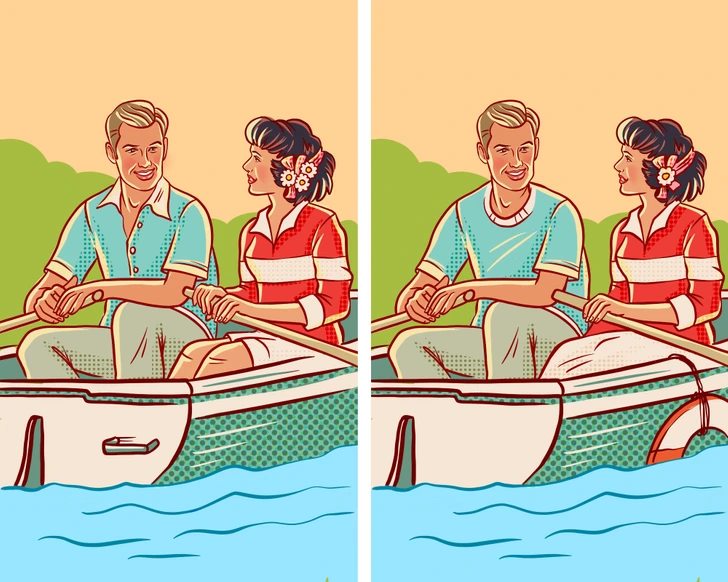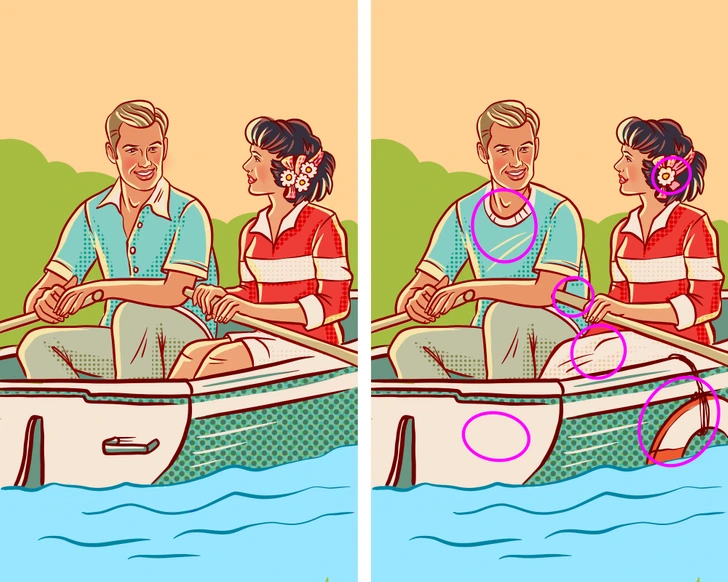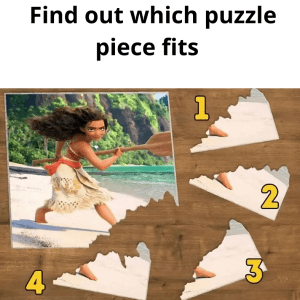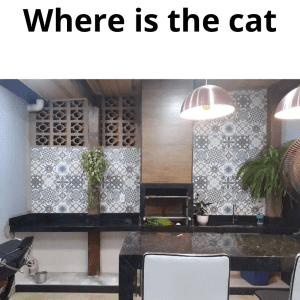Are you ready to challenge your mind? Riddles and visual puzzles, like spot-the-difference games, are not only entertaining but also serve as a fantastic workout for your brain. Whether you’re finding hidden objects or spotting subtle differences between images, these activities sharpen your concentration, enhance your observation skills, and boost cognitive functions. Let’s dive into why these puzzles are great for your brain and take on a fun challenge!
Why Spot-the-Difference Puzzles Are Great for Your Brain

Engaging in visual puzzles offers several benefits that extend beyond simple amusement. Here’s how they can enhance your mental abilities:
Improving Attention to Detail
Spot-the-difference puzzles demand a keen eye. You’ll need to focus intently to catch even the smallest discrepancies between images. This practice can translate into better attention to detail in your daily life.
Boosting Memory Skills
As you scrutinize the images, you rely on your short-term memory to compare and recall details. This exercise is fantastic for enhancing your memory, helping you retain information more effectively.
Sharpening Concentration
To solve these types of riddles, you must tune out distractions and concentrate fully on the task at hand. This heightened focus can improve your ability to concentrate in other areas of your life, too.
Promoting Mindfulness
Visual puzzles encourage a state of mental calmness, allowing you to immerse yourself fully in the task. This practice of mindfulness can reduce stress and enhance your overall mental well-being.
Now that you understand the benefits, let’s get into the exciting challenge!
The Task: Spot the Six Differences
Here’s your mission: Both images depict a couple enjoying a serene moment while rowing a boat. Your challenge is to find the six key differences between the two illustrations. Are you ready to test your observation skills?
The Differences You Need to Find
Let’s break down the six differences to see how observant you really are!

1. The Man’s Collar
In the left image, the man’s shirt features a turn-down collar. However, in the right image, he sports a round collar. This subtle change is one of the easiest details to overlook, so keep your eyes peeled!
2. The Flower in the Woman’s Hair
Look closely at the flower in the woman’s hair. In the left image, she wears three flowers, while in the right image, there’s only one. This small detail can easily escape your notice if you’re not paying attention.
3. The Woman’s Clothing
In one image, the woman is wearing pants, while in the other, she’s donned a skirt. This difference is more noticeable but still requires your focused observation to catch.
4. Woman’s Paddle and Hands
The left image shows the woman using both hands on a shorter paddle, while in the right image, she holds a longer paddle with just one hand. This alteration is a key element that distinguishes the two pictures.
5. The Handle on the Boat
In the left image, there’s a handle on the front of the boat, but the right image is missing this feature entirely. This design change challenges your ability to spot background differences.
6. The Buoy
Lastly, check the right side of the boat. In the right image, a buoy is attached, while in the left image, it’s completely missing. This final detail rounds out the six differences.
Congratulations on Your Observational Skills!
If you found all six differences, great job! You’ve demonstrated impressive observational skills and a keen eye for detail. If you missed a couple, don’t fret—like any skill, spotting differences improves with practice. The more you engage in these puzzles, the sharper your skills will become.
Spot-the-difference puzzles may appear simple, but they provide an excellent way to engage your brain and enhance your attention to detail. Each difference in the rowing couple’s scene presents a unique challenge, testing your visual perception and concentration.
Final Thoughts on Brain Training Puzzles
So, did you manage to spot all the differences? If so, your focus is commendable! Don’t forget to share this article with friends to challenge their brainpower and see how quickly they can identify the changes.
Whether you’re seeking fun or mental training, riddles and visual puzzles are fantastic tools to keep your mind sharp and active. Dive into the world of puzzles and enjoy the cognitive benefits they offer!


